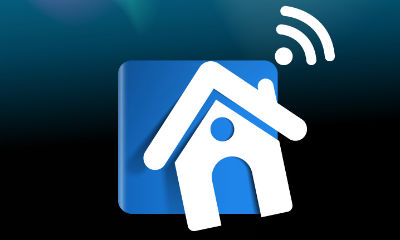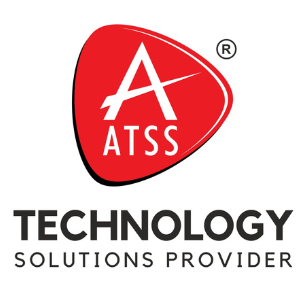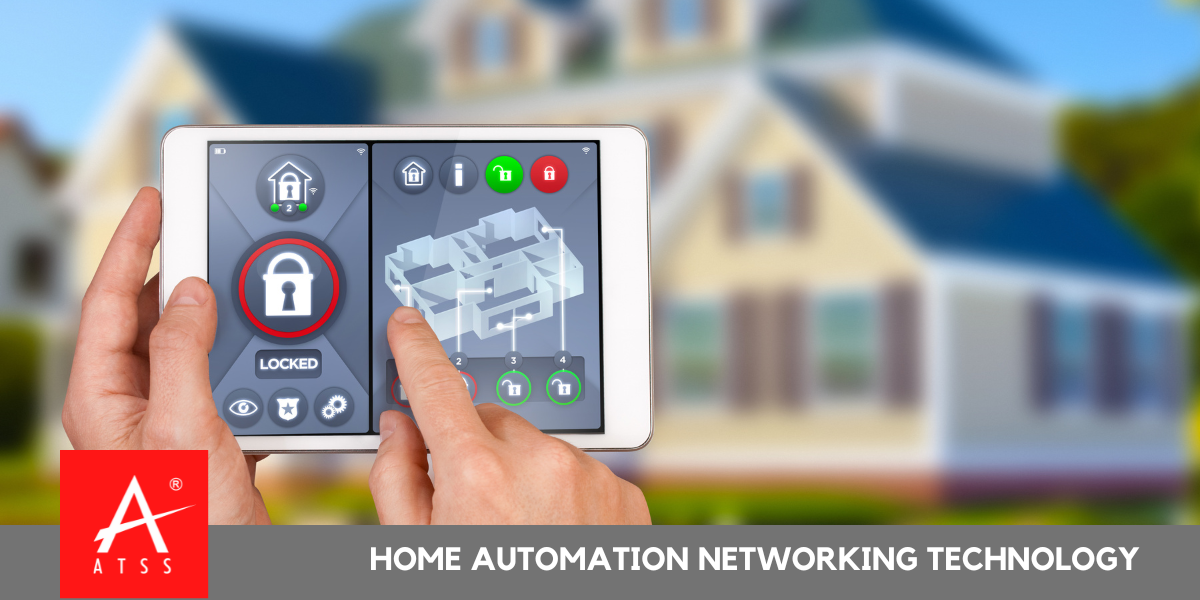Home Automation System Networking Technology

ZigBee, Z-Wave and X10, among others, are currently the most widely adopted protocols for connected-home/smart-home/home automation (HA) applications. While appearing to be futuristic and unreachable, HA and its real-life deployments have been around for decades. For example, X10-based devices first hit the shelves of RadioShack and Sears in the U.S. in 1978, and 10 million nodes are estimated to be in US households. Products based on X10 are still the most utilized because the technology is relatively cheap and relies only on a house’s existing power lines.
Commutation and networking technologies continue to advance by leaps and bounds, and the emergence and confluence of broadband Internet access, supercharged smartphones and tablets, home networks and controls, and the digitization of entertainment and media services have sparked new interest in ways to tie all the system components together. Technologies, such as ZigBee and Z-Wave, are looking to dethrone X10. While both are based on low data rate, wireless RF, ZigBee has managed to garner more press ink, largely because it is based on an open specification (IEEE 802.15.4) and has “unionized” all stakeholders: chipset providers, solution providers, telcos, alarm-monitoring stations and even large end users.
In response, the proponents of the Z-Wave technology also formed a Z-Wave Alliance, consisting of roughly 60 members that develop conformant products and ensure cross-vendor interoperability. Designed for executing quick and simple tasks, the two protocols only require very little power and are ideal for residential use within closed quarters.
For easier reference and comparison, a snapshot of eight common protocols for HA and controls can be found on the next page.
Home Networking Technologies
ZigBee
ZigBee is a specification for a suite of high-level communication protocols using small, low-power digital radios based on an IEEE 802 standard for personal-area networks. The name refers to the waggle dance of honey bees after their return to the beehive. ZigBee devices are often used in a mesh network to transmit data over longer distances, passing data through intermediate devices to reach more distant ones. Any ZigBee device can be tasked with running the network. ZigBee is targeted at applications that require a low data rate, low cost, long battery life and secured networking. Chip suppliers typically sell integrated radios and microcontrollers, with 60-KB to 256-KB flash memory.
.jpg)
Z-Wave
Z-Wave uses a low-power, wireless radio embedded or retrofitted into home electronics and appliances, such as lighting, access control, entertainment systems, HVAC and refrigerators, remote controls, smoke alarms and intrusion sensors. Z-Wave operates in the sub-GHz frequency range at 900 MHz. Each Z-Wave network may include up to 232 nodes and consists of two sets of nodes: controllers and slave devices. Nodes may be configured to retransmit the message in order to guarantee connectivity in a multipath environment inside a residential house. Each Z-Wave network is identified by a network ID, and each device is further identified by a node ID. Nodes with different network IDs cannot communicate with one another.
.jpg)
.jpg) X10
X10
X10 is an international open standard for communication among electronics used for HA. An early technology developed by Pico Electronics of Glenrothes in Scotland back in 1975, it primarily uses power line wiring for signaling and control, where the signals involve brief RF bursts representing digital information.
Wi-Fi
.jpg) At home, Wi-Fi allows for direct device communications without an intermediary wireless access point/hub. This mode is popular with multiplayer handheld game consoles, digital cameras and other consumer devices. The Wi-Fi Alliance also promotes a specification called Wi-Fi Direct, for file transfers and media sharing.
At home, Wi-Fi allows for direct device communications without an intermediary wireless access point/hub. This mode is popular with multiplayer handheld game consoles, digital cameras and other consumer devices. The Wi-Fi Alliance also promotes a specification called Wi-Fi Direct, for file transfers and media sharing.
HomePlug
HomePlug is a family name for various power line communication (PLC) specifications that support networking over existing electrical wiring. HomePlug specifications were developed by the HomePlug Powerline Alliance. The.jpg) HomePlug AV specification, which was introduced in August 2005, provides sufficient bandwidth for applications such as HDTV and VoIP. The HomePlug AV2 specification was introduced in January 2012, and is interoperable with HomePlug AV and HomePlug GreenPHY and is IEEE1901-compliant. Some HomePlug specifications target broadband applications, such as in-home distribution of low data rate IPTV, gaming and Internet content. Other applications focus on low-power, low-throughput and extended operating temperatures for applications such as smart power meters. In November 2011, the HomePlug Green PHY specification was adopted by seven key automobile companies as a connectivity standard for plug-in electric vehicles: Audi, BMW, Daimler, Ford, General Motors, Porsche and Volkswagen.
HomePlug AV specification, which was introduced in August 2005, provides sufficient bandwidth for applications such as HDTV and VoIP. The HomePlug AV2 specification was introduced in January 2012, and is interoperable with HomePlug AV and HomePlug GreenPHY and is IEEE1901-compliant. Some HomePlug specifications target broadband applications, such as in-home distribution of low data rate IPTV, gaming and Internet content. Other applications focus on low-power, low-throughput and extended operating temperatures for applications such as smart power meters. In November 2011, the HomePlug Green PHY specification was adopted by seven key automobile companies as a connectivity standard for plug-in electric vehicles: Audi, BMW, Daimler, Ford, General Motors, Porsche and Volkswagen.
.jpg)
HomePNA
HomePNA is a wired, home-networking technology. The HomePNA Alliance develops home-networking specifications for distributing entertainment and triple-play data over existing coax cables and phone wires. HomePNA promoters include AT&T, Cisco Systems, K-Micro, Motorola, Pace, Sigma Designs and Sunrise Telecom. Using frequency-division multiplexing, the technology puts computer data on separate frequencies from the voice signals being carried by the phone line. The latest version, HomePNA 3.1, was developed for entertainment applications, such as IPTV, which require consistent high performance, and is used by service providers for commercial triple-play (video, voice and data) service offerings. HomePNA can be used without interrupting normal voice or fax services, with data rates up to 320 Mbps and capabilities like remote management and diagnostics. Ethernet over coax is also possible, to overcome phone jack location limitations.
LonWorks
.jpg) Local operation network (LonWorks) is a networking platform built on a protocol (LonTalk) created by Echelon Corporation for networking devices over media such as twisted pair, Ethernet, power lines, fiber optics and RF. It is used for the automation of and control over various functions within buildings, such as lighting and HVAC. LonWorks includes more than 170 data types. Each LonWorks node includes local processing and I/O to process input data from sensors, handle control of actuators and interact with other devices. Each node also includes the capability to communicate with other nodes because it contains the LonTalk protocol in firmware. Instead of moving data through a master device, any device can exchange data with any other LonWorks device on the same network. Network data exchanged on LonWorks is configured by a network configuration tool. This operation (“binding”) ties an input of one device to an output of another device, independent of the operation or application software in either device.
Local operation network (LonWorks) is a networking platform built on a protocol (LonTalk) created by Echelon Corporation for networking devices over media such as twisted pair, Ethernet, power lines, fiber optics and RF. It is used for the automation of and control over various functions within buildings, such as lighting and HVAC. LonWorks includes more than 170 data types. Each LonWorks node includes local processing and I/O to process input data from sensors, handle control of actuators and interact with other devices. Each node also includes the capability to communicate with other nodes because it contains the LonTalk protocol in firmware. Instead of moving data through a master device, any device can exchange data with any other LonWorks device on the same network. Network data exchanged on LonWorks is configured by a network configuration tool. This operation (“binding”) ties an input of one device to an output of another device, independent of the operation or application software in either device.
Insteon
Insteon is a system for connecting lighting switches, thermostats, motion.jpg) sensors and many devices without extra wiring. Designed by SmartLabs, it is a dual-band mesh home area networking topology employing existing AC power lines and an RF protocol to communicate with devices. All Insteon devices are peers, and each device can transmit, receive and repeat any message of the Insteon protocol, without requiring a master controller or routing software. Automatic error detection and correction are included in compatible products. The power line protocol uses phase-shift keying and is designed so that the repetition is synchronized: All repeaters repeat the same message during precisely defined time slots, so while the repetitions collide, they do so in harmony in a manner that preserves the message. The power line AC frequency is used as the synchronization source.
sensors and many devices without extra wiring. Designed by SmartLabs, it is a dual-band mesh home area networking topology employing existing AC power lines and an RF protocol to communicate with devices. All Insteon devices are peers, and each device can transmit, receive and repeat any message of the Insteon protocol, without requiring a master controller or routing software. Automatic error detection and correction are included in compatible products. The power line protocol uses phase-shift keying and is designed so that the repetition is synchronized: All repeaters repeat the same message during precisely defined time slots, so while the repetitions collide, they do so in harmony in a manner that preserves the message. The power line AC frequency is used as the synchronization source.

